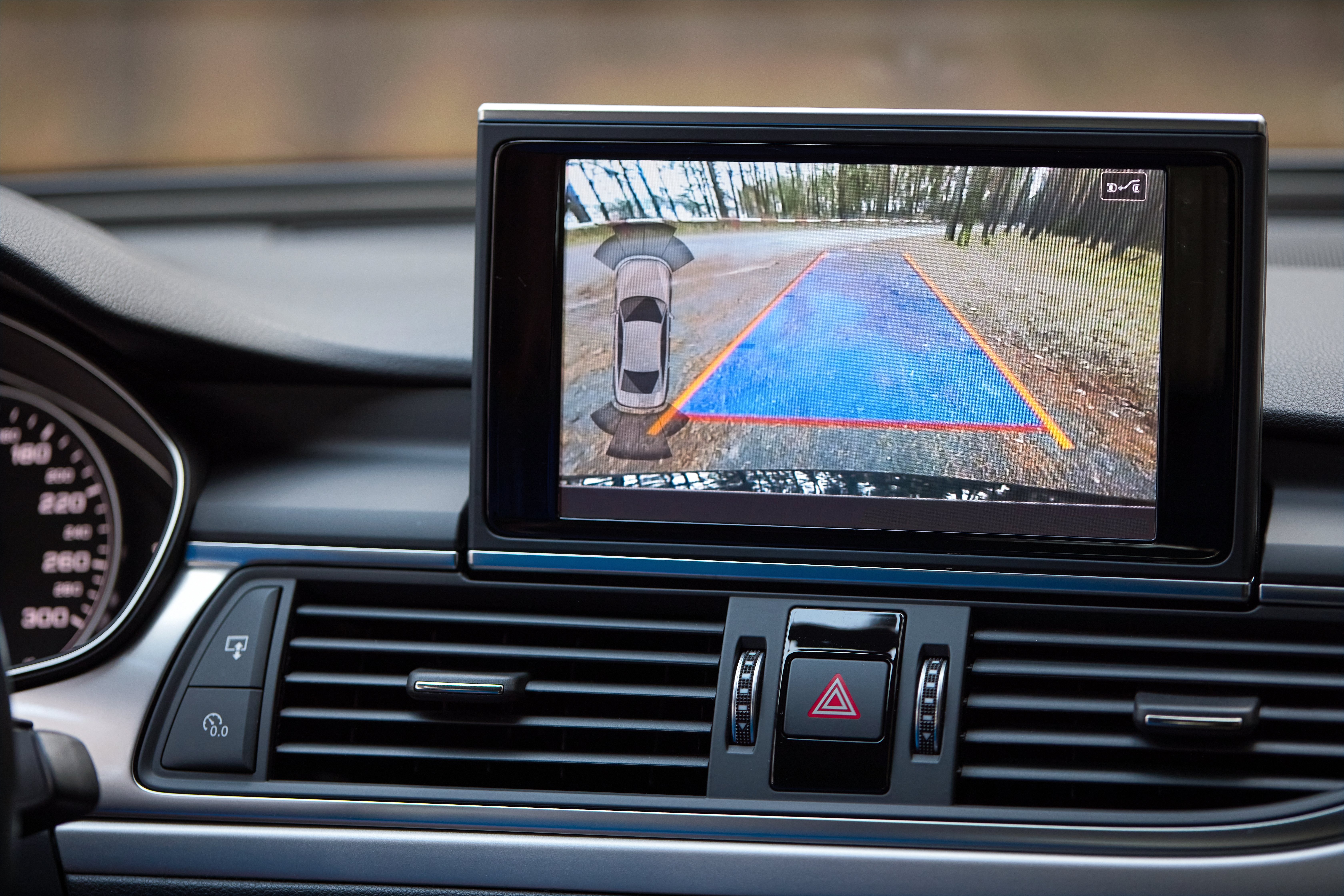MIPI DSE™
MIPI Display Service Extensions

Developed by: Display Working Group
A set of extensions that define functional safety and other services for automotive display data streams
Quick Facts
-
Key Highlights
- Extends capabilities of MIPI DSI-2 and VESA Embedded DisplayPort/DisplayPort™ (VESA eDP/DP™) display interfaces for automotive use
- Supports functional safety as defined by the ISO 26262 standard
- Enables optional content protection
-
Use Cases
- Automotive displays
- Advanced driver-assistance systems (ADAS)
- Autonomous driving systems (ADS)
- Connected in-vehicle infotainment (IVI)
- Lane-keep assist systems
- Rear backup camera display systems
- Virtual side mirror displays
-
Physical Layer
Industries
Get the Specification
-
Current Version
MIPI DSE℠ v1.1 (April 2024)
Member version
-
Related Specifications
MIPI DSI-2℠ v2.1 (May 2023)
Member version
MIPI A-PHY℠ v1.1.1 (May 2023)
Member version
-
Previous Versions
DSE v1.0 is available to MIPI members on the member website (Causeway).
Overview
The primary purpose of MIPI Display Service Extensions (MIPI DSE℠) is to define flows and mechanisms to enable various end-to-end display services to be carried over MIPI A-PHY® links between automotive display sources, such as host processors, and display peripherals, such as active-matrix display modules. By enabling these services, which include High-Bandwidth Content Protection (HDCP) and various functional safety features, MIPI DSE helps to standardize and streamline the integration of high-performance display systems in next-generation vehicles.
To do this, DSE defines a common video format, Service Extension Packet (SEP), to provide packetization and uniform delivery of display content over MIPI A-PHY with the tunneling of all native-specific abilities of MIPI Display Serial Interface 2 (DSI-2℠). This allows for display systems with heterogeneous display formats. The display stream content can be converted to and from the SEP format into A-PHY A-Packets at bridges or by the display source and sinks at their protocol layers, for end-to-end abilities.
MIPI DSE is a component of MIPI Automotive SerDes Solutions (MASS℠), a standardized, end-to-end connectivity framework based on MIPI A-PHY for the integration of automotive image sensors and displays with built-in functional safety and security.
The DSE specification was developed by the MIPI Display Working Group and is available only to MIPI Alliance members. For information about becoming a member, visit Join MIPI.
Fundamental Features
- Functional safety enablers
- Support for High-Bandwidth Digital Content Protection
- Suitable for heterogeneous display systems
- For use with MIPI A-PHY connectivity systems
MIPI DSE also includes a clock forwarding service (CFS) that defines a uniform pixel clock delivery format over A-PHY that is common across MIPI DSI-2 and VESA eDP/DP. This enables uniform video timing across the A-PHY link. DSE also provides common control, configuration and management definitions for the A-PHY protocol adaptation layers for DSI-2 and VESA eDP/DP.
Functional Safety
The functional safety features of MIPI DSE help automotive system designers build systems that meet ISO 26262 standards from ASIL B to ASIL D. They include the following:
- Frame counter to detect frozen frames
- Link detection failure to identify communication bus failures
- Timeout monitoring to detect any loss of data between displays and ECUs
- Cyclic redundancy check (CRC) to detect data transmission errors
- Message counter for replay protection to prevent corruption of messages
Content Protection
MIPI DSE enables optional High-Bandwidth Digital Content Protection (HDCP) as required for display applications to prevent copying of data transmitted to in-vehicle displays, including entertainment content and software updates.
Version Updates
DSE v1.1 adds important end-to-end Functional Safety features that multiple DSE specification users have requested, including support for compressed video frames and regions-of-interest for automotive displays. It introduces new protocols such as DCCP (DSE Control Channel Protection) for auxiliary or in-band messaging, a new FSED (Frame-based Service Extension Data) protocol, and enhancements to the SEP to provide frame-based protection. It also includes a common register interface and interoperability profiles.






